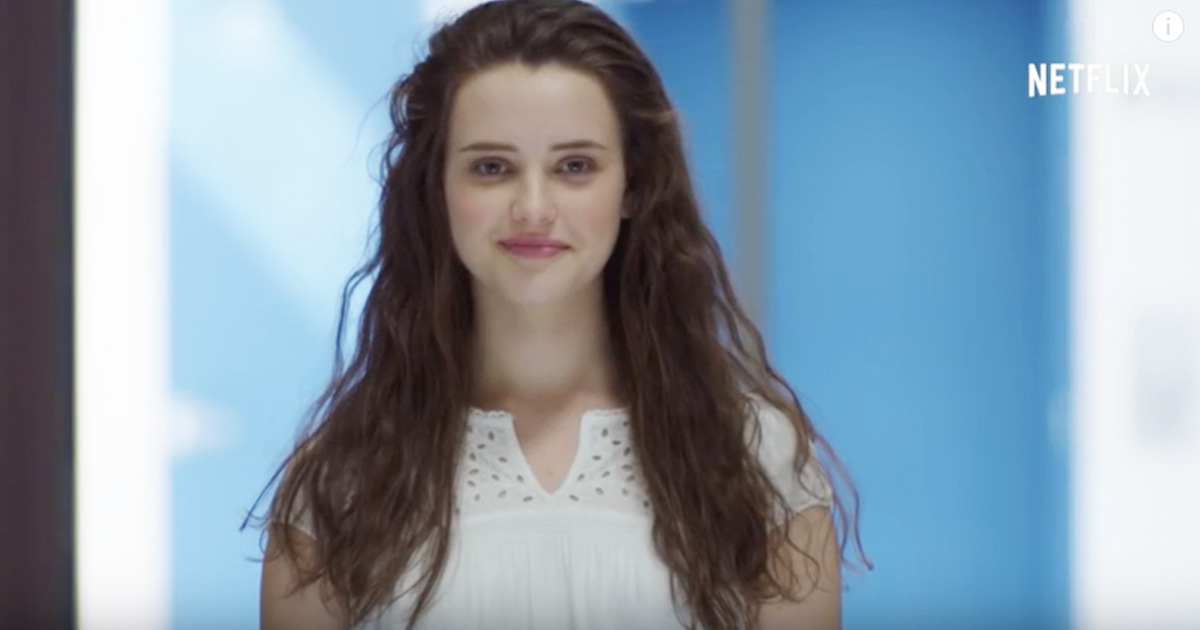Suicide is a public health concern. The American Foundation for Suicide Prevention (AFSP) reports it as the 10th leading cause of death in the United States, and Centers for Disease Control (CDC) statistics show that suicide is the second leading cause of death for teenagers.
While the overarching "be nice to people, because you never know what's going on" narrative is meant to be noble, several experts object to the series' depiction of suicide, because it fails to show it on screen safely.
AFSP notes that the risks of additional suicides increase when a story explicitly describes the method, uses graphic headlines or images, and sensationalizes or glamorizes a death.
All of which 13 Reasons Why employs in the series.
And there have been copycat attempts.
Not to say we shouldn't talk about it. In fact, we should. AFSP states that we can prevent suicide by being aware and taking action—and that means talking about it.
In a forum hosted by Adolescent and Family Behavioral Health Services, staff provided parenting tips for suicide prevention, in light of the series. Following is a modified list with recommendations for afterschool professionals:
Watch 13 Reasons Why.
Rather than trying to get kids to avoid watching the series or talking about it—because they will, with or without permission—watch it so you are prepared to discuss the content when it comes up.
If you hear kids talking about the series, ask how they feel about the content. Watch how they're reacting to the topic, paying close attention to their emotions.
Watch for warning signs.
AFSP notes there's no single cause for suicide, which most often occurs "when stressors exceed current coping abilities of someone suffering from a mental health condition." Conditions such as depression, anxiety and substance abuse problems increase the risk for suicide—especially when unaddressed. 13 Reasons Why depicts additional triggers, including sexual assault and bullying. Most people who die by suicide exhibit one or more warning signs, either through what they say or what they do. Find a list of warning signs from AFSP, here.
If a young person exhibits warning signs, talk to him or her about it.
"Be direct," Dr. Agnew said. "Don't be afraid to ask if they've thought about suicide, or if someone is hurting them."
Listen to young people, without judgment.
Get kids to tell their stories while they're alive—not after they've made a permanent decision to what could be a temporary problem.
"Listen to children's comments without judgment," Agnew said. "Doing so requires that you fully concentrate, understand respond, and then remember what is being said. Put your own agenda aside."
If you have concerns, consider reaching out to prominent adults in the young person's life that you trust. Ask the adults if they've noticed anything unusual.
Validate young people's feelings.
Feelings aren't always facts, but never downplay a young person's stress level or emotions. Instead, try to understand and show you care. "Avoid giving advice to fix it," said Agnew. "Pain isn't going to kill them. It's what they do with the pain."
If needed, get help.
If a young person you know is having thoughts of suicide, reassure him or her that you'll help—then act. It's not expected that the typical afterschool professional has the knowledge and skills to handle this alone. Work with the school and other trusted adults to find local resources available for help. Suicide Awareness Voices of Education offers a number of resources and tools, and is a great place to start.
Afterschool hours continue at home. Share these guidelines with parents and guardians with this resource adapted for families.


